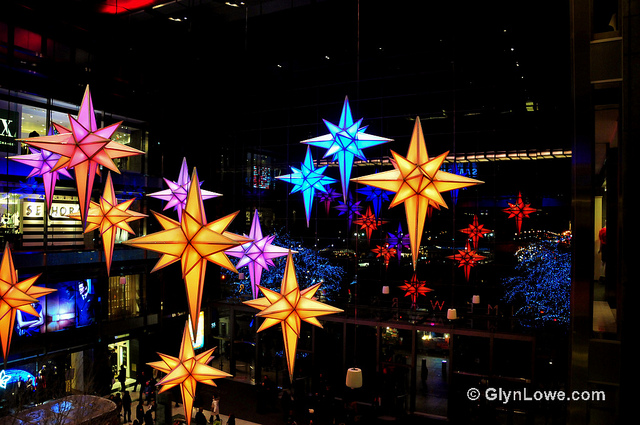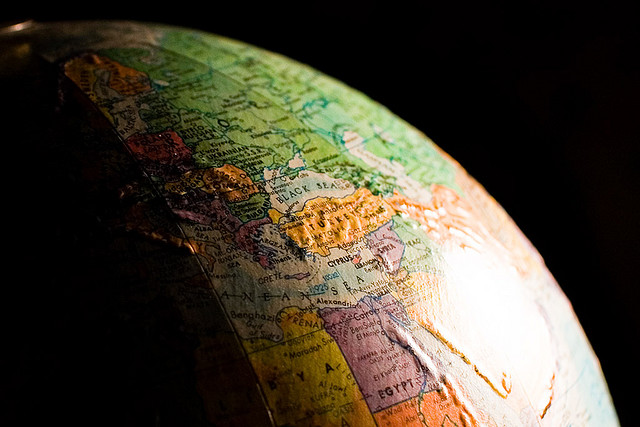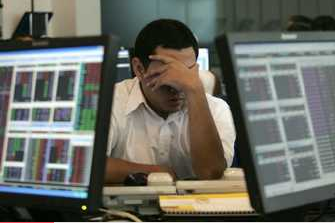Hedge Funds Finished 2015 with Marginally Positive Returns
| For Fórmate a Fondo | 0 Comentarios

The Lyxor Hedge Fund Index was down -0.7% in December. 3 out of 11 Lyxor Indices ended the month in positive territory. The Lyxor Merger Arbitrage Index (+1.5%), the Lyxor LS Equity Variable Bias Index (+1.1%), and the Lyxor CTA Short Term Index (+0%) were the best performers.
ECB and Fed related reversals in December. Disappointment following the ECB meeting and worsening concerns about credit and oil kept pressure on risky asset in early December. After the confirmed Fed’s rate hike, the bottoming in prices by mid-month paved the way for a year-end equity rally of small magnitude. It unfolded in low trading volumes and with scarce fundamental data. These intra-month reversals were overall detrimental to the performance of trend-followers and macro funds. By contrast, it supported the L/S Variable and Merger Arbitrage funds.
In retrospective, 2015 remained macro driven, dominated both by monetary policies and the shifts in deflation scares, themselves function of the stance regarding the Chinese transition and oil prices.
Hedge funds finished 2015 with marginally positive returns. Overall, they produced strong alpha relative to traditional assets until Q4. They lost about half of their advance during the rally, heavily dragged by the Special Situations’ underperformance.
In December, L/S Equity proved resilient after the ECB meeting and got boosted by a small year-end equity rally. Once again L/S Equity Variable funds proved very resilient during stress episodes. They had not rebuilt their net exposures. In particular, European funds refrained from playing the expectations building up ahead of the ECB meeting.
While the long bias funds felt the heat early December, they remarkably outperformed markets (which dropped nearly -5% post ECB). They were cautiously exposed, with higher allocations in the more resilient US markets. The bulk of their losses came from their sectors overweights.
Market Neutral endured minor losses after the ECB disappointment, but did not participated in the year-end rally, rather hit by unsettling sector rotations.
Merger Arbitrage thrived on higher deals spreads and completing acquisitions. Merger Arbitrage funds outperformed in December. They benefited from tightening spreads down from elevated levels. They also locked in P&L out of several acquisitions coming to their final stage, including BG vs. Royal Dutch Shell, Pace vs. Arris, and Altera vs. Intel deals.
There were a limited number of idiosyncratic events in the Special Situations space. Their returns tended to mirror that of broad markets: a detracting post-ECB correction, followed by a small upward trend after the Fed’s first hike.
Credit strategies suffered from the sell-off in HY markets, though by a smaller magnitude. Credit funds continued to produce strong alpha relative to their operating markets. The redemptions and gating in few US credit funds continued to feed concern among credit investors. Meanwhile E&P fundamentals steadily continued to deteriorate, in tandem with plunging oil prices. Credit funds remained cautiously positioned. They also benefitted from their allocations on European credit markets, which displayed better stability. The environment was calmer after mid-month.
The bulk of the December underperformance of CTAs LT models was endured in the aftermath of the ECB meeting. They suffered on their Euro crosses and in UK rates, as well as in their equity holdings (rebuilt back in October). Losses were partially offset by their short commodity exposures. Returns were mixed over the rest of the month, with offsetting gains and losses across markets.
Global Macro funds also suffered from the reversals unfolding over the month. As markets adjusted their positioning after the ECB meeting, Global Macro funds lost on their long USD crosses and US bonds, as well as on their equity exposures. Returns were flat over the rest of the month with, like for CTAs, offsetting gains across markets.
“The trading backdrop will probably remain similar to last year, with frequent rotations, hovering liquidity risk, erratic flows amid rich valuations, and markets overshooting fundamental changes. Within the hedge funds space, this is leading us to favor relative-value, tactical and macro styles.” says Jean-Baptiste Berthon, senior cross asset strategist at Lyxor AM.












